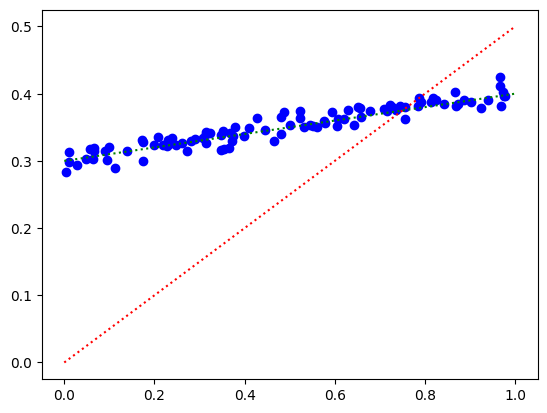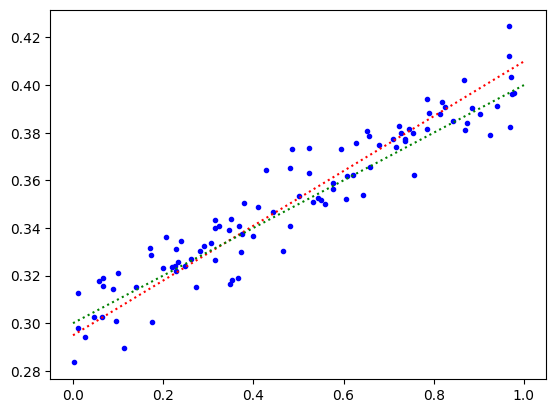import tensorflow as tf
tf.random.uniform.__doc__'Outputs random values from a uniform distribution.\n\n The generated values follow a uniform distribution in the range\n `[minval, maxval)`. The lower bound `minval` is included in the range, while\n the upper bound `maxval` is excluded.\n\n For floats, the default range is `[0, 1)`. For ints, at least `maxval` must\n be specified explicitly.\n\n In the integer case, the random integers are slightly biased unless\n `maxval - minval` is an exact power of two. The bias is small for values of\n `maxval - minval` significantly smaller than the range of the output (either\n `2**32` or `2**64`).\n\n Examples:\n\n >>> tf.random.uniform(shape=[2])\n <tf.Tensor: shape=(2,), dtype=float32, numpy=array([..., ...], dtype=float32)>\n >>> tf.random.uniform(shape=[], minval=-1., maxval=0.)\n <tf.Tensor: shape=(), dtype=float32, numpy=-...>\n >>> tf.random.uniform(shape=[], minval=5, maxval=10, dtype=tf.int64)\n <tf.Tensor: shape=(), dtype=int64, numpy=...>\n\n The `seed` argument produces a deterministic sequence of tensors across\n multiple calls. To repeat that sequence, use `tf.random.set_seed`:\n\n >>> tf.random.set_seed(5)\n >>> tf.random.uniform(shape=[], maxval=3, dtype=tf.int32, seed=10)\n <tf.Tensor: shape=(), dtype=int32, numpy=2>\n >>> tf.random.uniform(shape=[], maxval=3, dtype=tf.int32, seed=10)\n <tf.Tensor: shape=(), dtype=int32, numpy=0>\n >>> tf.random.set_seed(5)\n >>> tf.random.uniform(shape=[], maxval=3, dtype=tf.int32, seed=10)\n <tf.Tensor: shape=(), dtype=int32, numpy=2>\n >>> tf.random.uniform(shape=[], maxval=3, dtype=tf.int32, seed=10)\n <tf.Tensor: shape=(), dtype=int32, numpy=0>\n\n Without `tf.random.set_seed` but with a `seed` argument is specified, small\n changes to function graphs or previously executed operations will change the\n returned value. See `tf.random.set_seed` for details.\n\n Args:\n shape: A 1-D integer Tensor or Python array. The shape of the output tensor.\n minval: A Tensor or Python value of type `dtype`, broadcastable with\n `shape` (for integer types, broadcasting is not supported, so it needs to\n be a scalar). The lower bound on the range of random values to generate\n (inclusive). Defaults to 0.\n maxval: A Tensor or Python value of type `dtype`, broadcastable with\n `shape` (for integer types, broadcasting is not supported, so it needs to\n be a scalar). The upper bound on the range of random values to generate\n (exclusive). Defaults to 1 if `dtype` is floating point.\n dtype: The type of the output: `float16`, `bfloat16`, `float32`, `float64`,\n `int32`, or `int64`. Defaults to `float32`.\n seed: A Python integer. Used in combination with `tf.random.set_seed` to\n create a reproducible sequence of tensors across multiple calls.\n name: A name for the operation (optional).\n\n Returns:\n A tensor of the specified shape filled with random uniform values.\n\n Raises:\n ValueError: If `dtype` is integral and `maxval` is not specified.\n '




